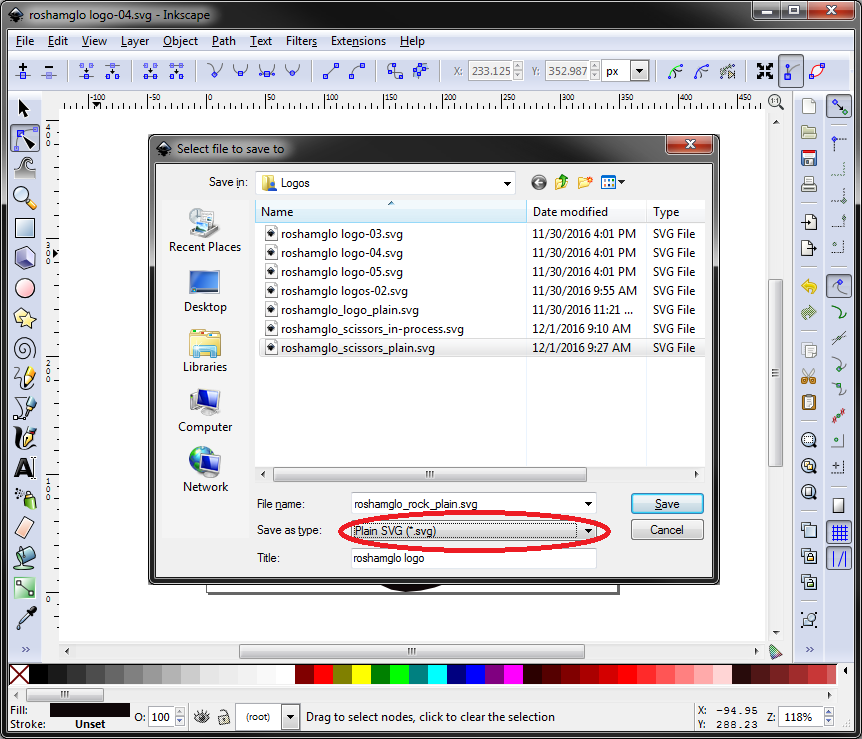

A polyfill is a special javascript piece of code that provides support for features missing from a browser, translating the original encoding in one that the browser can understand. Thanks to them, browser vendors were not able to impose restrictions on web standards anymore. The advent of polyfills was a game changer for the web. Luckily, the recent technical developments in the web allowed the birth of “polyfill” libraries for SMIL, like FakeSmile or Willigers.

Today millions of people on their smartphones communicate through apps, like Viber or Snapchat, that use SVG and SMIL for their animated stickers. In a few years this allowed SVG to become the “lingua franca” of vector animations.
AUTODESK GRAPHIC SVG EXPORT SOFTWARE
Thanks to SMIL you can be a japanese artist working with an obscure animation software in Tokyo, and yet you can send your work to an animation studio in Los Angeles that uses another completely different software without any problem. SMIL allowed the studios to break the chains of proprietary formats lock-in, and to exchange easily their animations with all people in the world. Many professional animation tools used by the big studios used their own closed proprietary file format for vector animations, to prevent customers from switching. An open standard like SVG SMIL was a godsend for an industry plagued by the unfair practice of “format lock-in”. It was so powerful that it quickly became popular outside the web sphere, and the standard way to save and exchange vector animations between different software and platforms in many fields of the computer graphics world. The acronim stands for Synchronized Multimedia Integration Language, and was originally introduced by the W3C as a descriptive language for animations on the web. The best feature of the SVG format is its internal animation markup language, SMIL. SVG is the universal standard format for vector graphics images. The following are the possible ways to create professional animations in SVG:


 0 kommentar(er)
0 kommentar(er)
